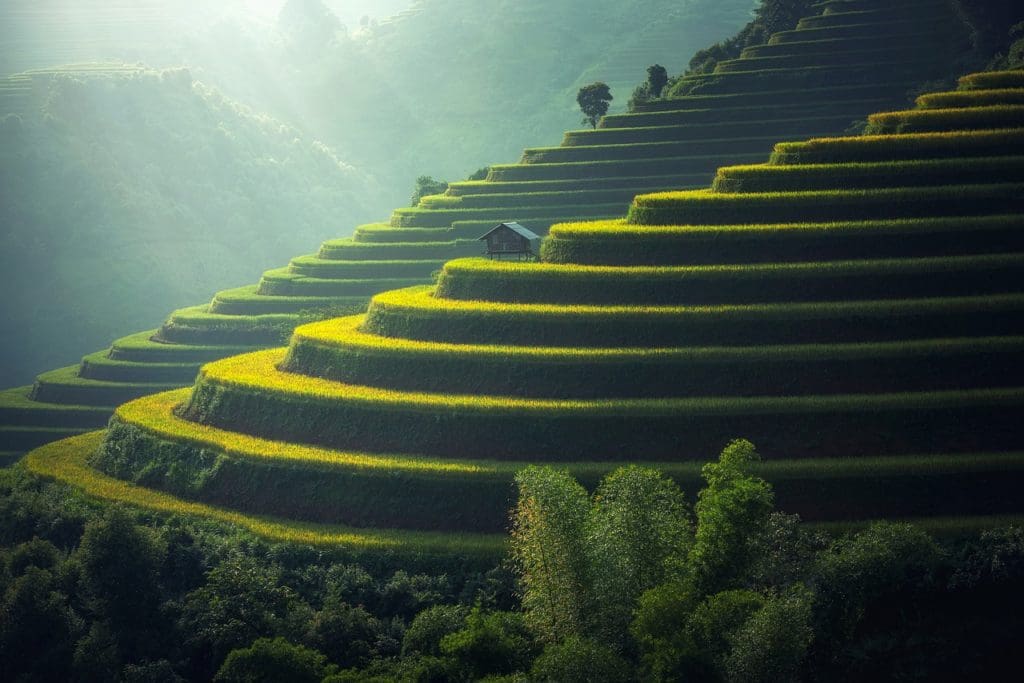 The name Bali conjures up tropical greenery, ancient temples, and world-class surfing. It’s known as the “Island of the Gods” and has been a popular tourist destination for several decades – especially for beach loving honeymooners, spa enthusiasts and those who seek the friendly culture. While the name is familiar and many people dream of going to this beautiful island, it turns out they aren’t exactly sure where it is. In fact, “Where is Bali?” was the most Googled travel question of 2016.
The name Bali conjures up tropical greenery, ancient temples, and world-class surfing. It’s known as the “Island of the Gods” and has been a popular tourist destination for several decades – especially for beach loving honeymooners, spa enthusiasts and those who seek the friendly culture. While the name is familiar and many people dream of going to this beautiful island, it turns out they aren’t exactly sure where it is. In fact, “Where is Bali?” was the most Googled travel question of 2016.
So Where is Bali?
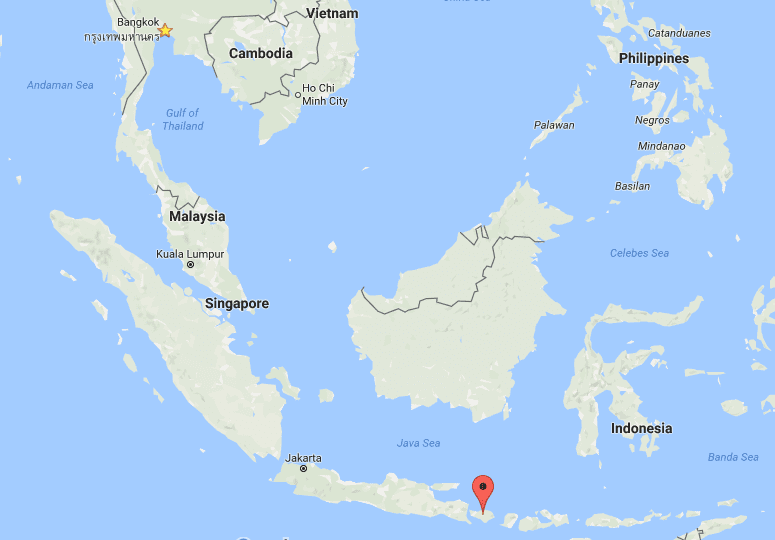 The island of Bali is one of the 17,000+ islands of the Indonesian archipelago in the Indian Ocean. Bali lies about 600 miles east of Jakarta, Indonesia’s capital, and roughly 1,000 miles north of Western Australia. Bali is in the Southern Hemisphere, only a few degrees of latitude below the equator.
The island of Bali is one of the 17,000+ islands of the Indonesian archipelago in the Indian Ocean. Bali lies about 600 miles east of Jakarta, Indonesia’s capital, and roughly 1,000 miles north of Western Australia. Bali is in the Southern Hemisphere, only a few degrees of latitude below the equator.
You can visit Bali by flying into the new (2014) international airport in Denpasar or many cruise ships call on Denpasar, as well.
What to Do in Bali
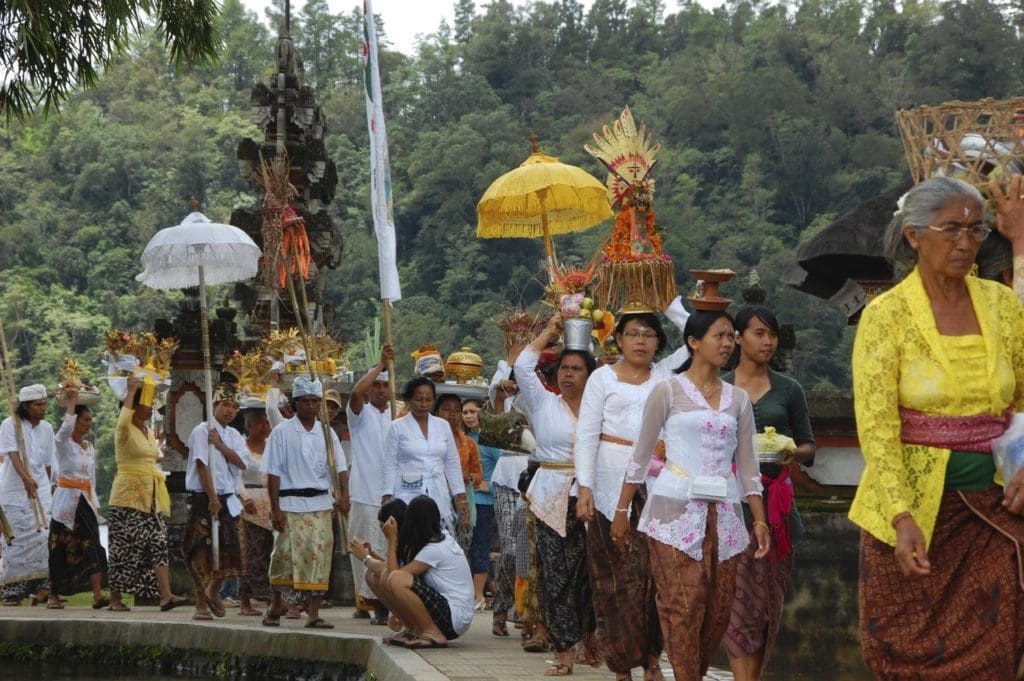
Cruise ships typically offer excursions to Ubud or Kuta Town to explore on your own, or guided tours to Balinese craft villages with traditional dance performances, Balinese cooking classes with a visit to a local market, white-water rafting tours on the Ayung River and various temple visits.
Much of Bali’s charm is serendipitous, and many of its interesting sites and villages are somewhat off the beaten path. If you have a spontaneous attitude and are willing to leave the tourist areas, you’ll have the best chance of happening on one of the island’s many festivals, colorful weddings or ceremonial cremations.
Balinese Culture
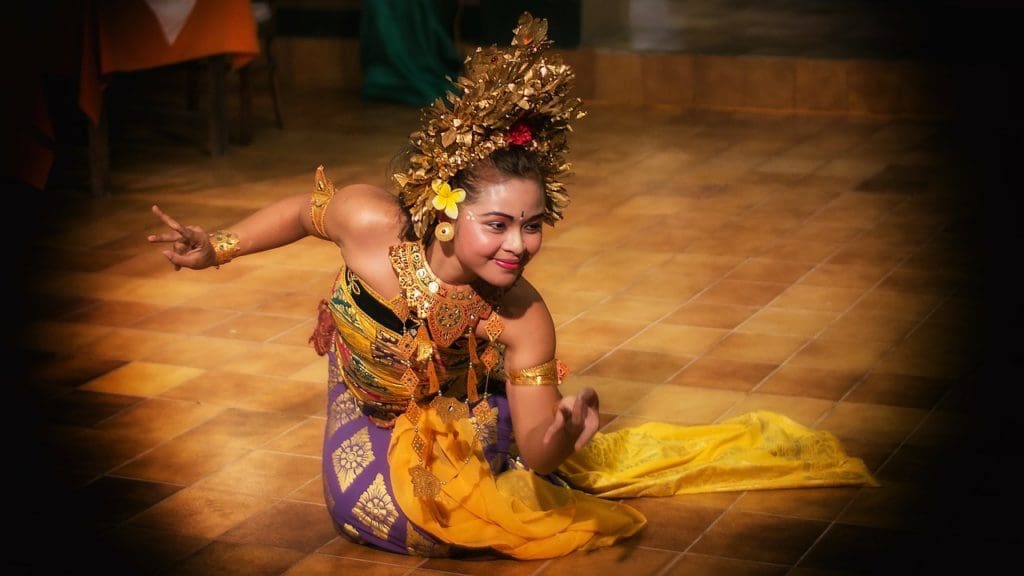 While the majority of Indonesians are Muslim, Bali is predominantly Hindu – although Balinese Hinduism is somewhat different than Indian Hinduism. Religion governs every aspect of Balinese life. There are many, many rituals and festivals, along with some 20,000 temples in Bali.
While the majority of Indonesians are Muslim, Bali is predominantly Hindu – although Balinese Hinduism is somewhat different than Indian Hinduism. Religion governs every aspect of Balinese life. There are many, many rituals and festivals, along with some 20,000 temples in Bali.
Music, dance, and drama are integral to those rituals and is a magical part of the Balinese culture that every visitor should experience. The barong is a dance performed to protect the village from evil spirits and sickness. The legong is a story dance of a princess who is kidnapped by a rejected suitor, performed only by young virgin girls wrapped in yards of gorgeous fabrics. The kecak is the dramatic, torch-lit dance of Hanuman, the monkey king, and his monkey army. In the topeng (mask) dance, the performer uses masks to transform himself from a delicate, graceful girl into an angry, fearsome monster.
Recreation in Bali
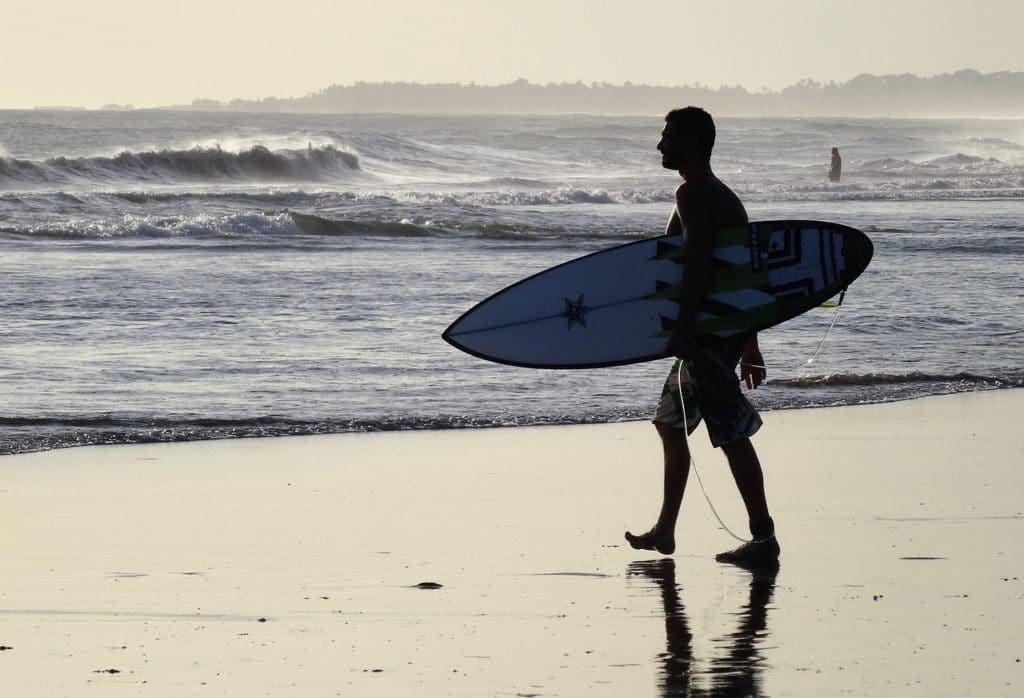 Bali is one of the top surfing spots in the world. Colorful reefs sit offshore, offering excellent diving and snorkeling with underwater visibility of more than 100 feet. There are many spectacular beaches of golden and black sand with calm water swimming.
Bali is one of the top surfing spots in the world. Colorful reefs sit offshore, offering excellent diving and snorkeling with underwater visibility of more than 100 feet. There are many spectacular beaches of golden and black sand with calm water swimming.
Inland, white-water rafting and cycling tours follow the central rivers. Hiking ranges from easy walks over undulating hills past temples and rice paddy terraces, to strenuous active volcano hikes that require a skilled guide.
Spas are very popular in Bali, especially in luxury hotels. They offer a full array of traditional facials, massages and body treatments, usually initiated by a sacred Balinese foot bath ceremony.
When to Visit Bali
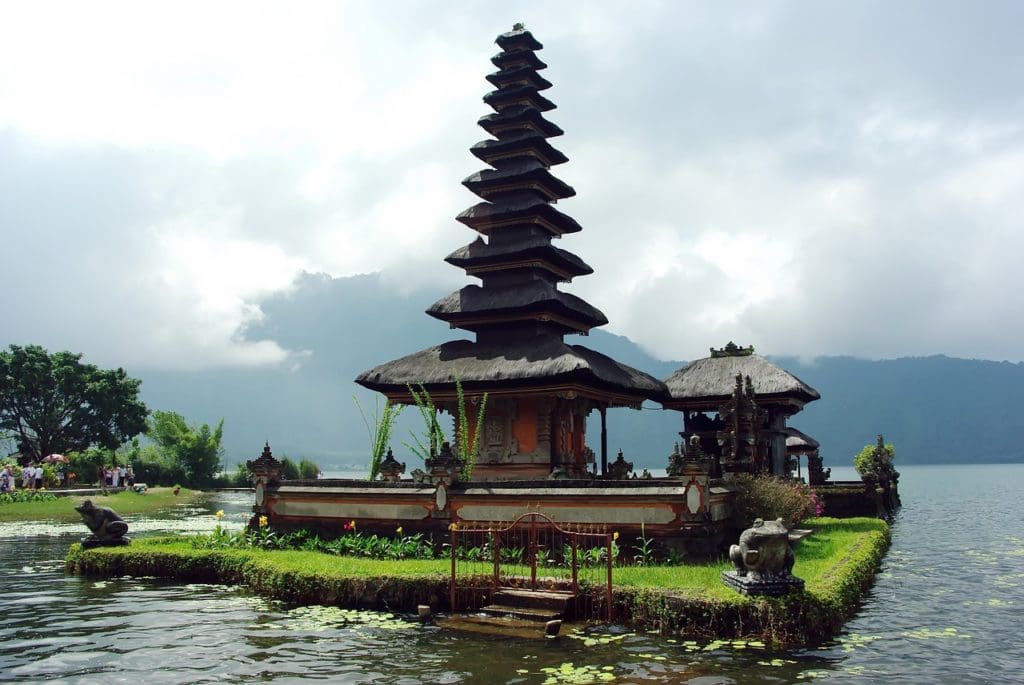 The dry season of April through October is the best time to go to Bali, although even then the weather is hot and humid. The peak tourist times are July through September, but peak season brings peak prices. To beat the crowds, heat, and the higher prices, go at the beginning of the dry season between April and early June. Steer clear of monsoon season November through March.
The dry season of April through October is the best time to go to Bali, although even then the weather is hot and humid. The peak tourist times are July through September, but peak season brings peak prices. To beat the crowds, heat, and the higher prices, go at the beginning of the dry season between April and early June. Steer clear of monsoon season November through March.
Health Concerns
Bali’s healthcare system is well below international standards, so it is imperative for travelers to take out medical insurance. Specifically, make sure the policy includes air evacuation coverage to Singapore (or a similar destination) in case of a medical emergency. Don’t ever drink tap water and use insect repellent day and night to reduce the risk of dengue fever. Malaria is present, but there is little risk in the resort areas. Always check with a doctor or travel clinic about recommended vaccinations before visiting.
Interesting Facts about Bali
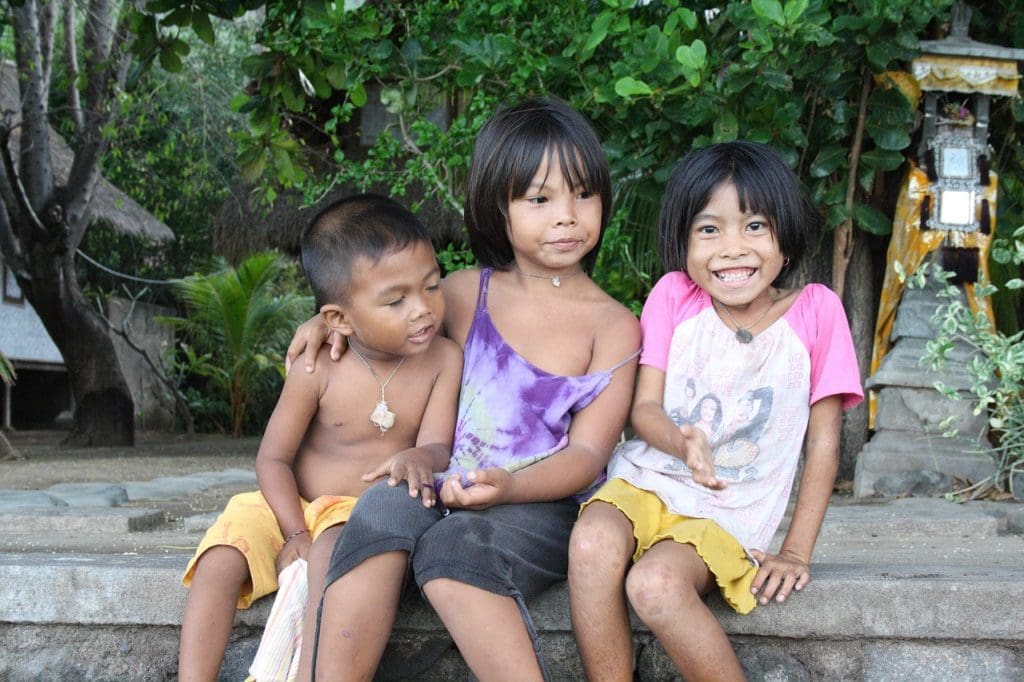 The Balinese name their children in the order they are born, so most Balinese people have one of four given names. Wayan is the first born, Made is the second born, Nyoman is the third born and Ketut is the fourth born. There is no difference in the names between boy or girl.
The Balinese name their children in the order they are born, so most Balinese people have one of four given names. Wayan is the first born, Made is the second born, Nyoman is the third born and Ketut is the fourth born. There is no difference in the names between boy or girl.
Kopi Luwak coffee is the most expensive coffee in the world, produced at some coffee plantations on Bali. Its nickname is “cat-poop coffee,” because it is made from coffee beans ingested by the Asian palm civet, who later defecates them out. It is said the bean ferments in the civet’s digestive tract, resulting in a bean that provides a smoother flavor.
So now that you know a little more about this romantic island in Indonesia, it’s time to experience its beauty and culture in person. Contact the vacation experts at Covington Travel to plan your trip!






Leave a Reply